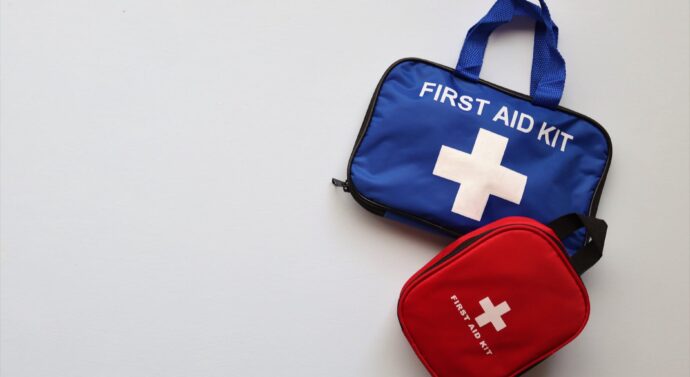
Ensuring Survival: Understanding and Preparing for Emergencies
Safety and Emergency Preparedness February 5, 2024, 0 CommentThe unpredictability of life necessitates preparedness for any eventuality. Over recent years, the occurrence of natural disasters worldwide has led to a heightened sense of urgency regarding emergency preparedness. It involves planning and gathering the necessary tools, knowledge, and emergency supplies that can support survival and resilience during unexpected events.
One of the foremost steps in emergency preparedness involves understanding potential disasters. These can range from natural disasters such as hurricanes, floods, earthquakes, and wildfires to man-made hazards like chemical spills or nuclear explosions. Once these threats are identified, it becomes easier to design a comprehensive evacuation plan suited to each scenario.
A robust evacuation plan provides guidance on safe exits, identifies safe locations for shelter during a disaster, and establishes protocols on communication and reunification of family members. Especially in households with elderly or disabled members, children, and pets, these plans must be customized, clearly communicated, and practiced to navigate feared chaos during evacuations.
Another cornerstone of preparedness is an emergency kit. These kits should contain necessary items that individuals might require in a disaster scenario. Emergency kits can vary depending on specific needs, but there are some key ingredients that they should all contain:
– **First aid:** A first aid kit is vital for the immediate response to injuries. It should include necessities like bandages, antiseptic wipes, tweezers, medical tape, and important medicines. A knowledge of basic first aid principles can also significantly augment survival possibilities.
– **Emergency food and water:** Non-perishable, easy-to-prepare food items and water are essential elements of the kit. Guidelines from the Federal Emergency Management Agency (FEMA) recommend storage of at least a three-day supply of food and water per individual.
– **Shelter and warmth:** Regardless of the disaster, the harsh elements can be a risk. Blankets, body warmers, and emergency shelters are key to maintaining body heat.
– **Emergency communication:** With the power and networks prone to cutting out during a disaster, it’s crucial to have a supply of communication methods such as crank radios, emergency whistles, and battery or solar-powered chargers, which allow for the reception of news updates and alert services.
– **Personal needs:** Every individual or family would have specific requirements based on age, health, etc. These needs can range from baby diapers and pet food to copies of personal documents, cash, maps, and sanitation products.
In addition to the emergency kit, building and improving survival skills are just as crucial. This can include knowing how to start a fire, signal for help, use a first aid kit, find food and water, or defend oneself.
Lastly, remember that emergency preparedness isn’t a one-time task. As situations and needs change over time, it’s essential to review and update your plan and emergency kit accordingly. With this information at your fingertips, you are well on your way to comprehensive disaster preparedness, ready to face any unforeseen emergency situation that might arise.
Note: This article offers general guidelines and may not represent all personal situations. Always reach out to local emergency services in your area for specific guidance.
Stay prepared, stay resilient.
Leave a comment